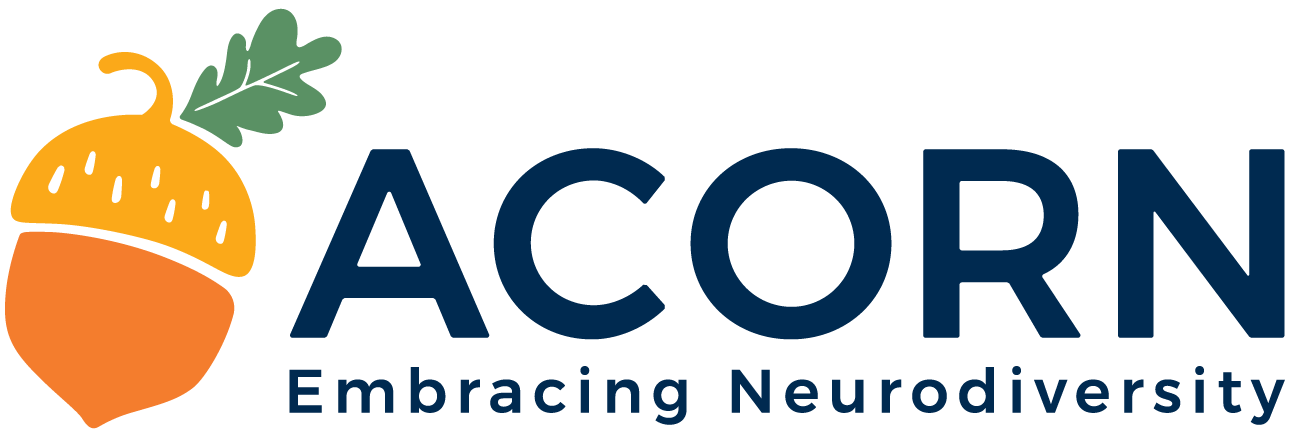New to Acorn: Handwriting Without Tears
Research shows that handwriting is a foundational skill that can influence students’ reading, written communication, language use, and critical thinking skills. It also states that learning how to write by hand is a necessary early motor exercise for other cognitive and physical skills. To promote handwriting success for our learners, Acorn Autism uses the Handwriting Without Tears (HWT) curriculum.
Occupational therapist Jan Z. Olsen developed Handwriting Without Tears using research-based principles of early childhood development. This program teaches printing and cursive handwriting skills. HWT is a part of Learning Without Tears, which also pairs language, literacy, and mathematics components with the program.
Occupational Therapy & HWT
There are many different reasons why children struggle with handwriting. Our occupational therapists can evaluate the underlying components that promote success in a learner's handwriting, such as muscle strength, endurance, coordination, and motor control. Addressing these areas promotes long-term growth and skill acquisition for areas that support writing effectively: pencil grip, paper placement, hand and arm positioning, and seated posture to name a few.
Why HWT Works
The HWT program has several characteristics that make it suitable for children of all abilities:
Building a strong foundation
Our occupational therapists incorporate activities to promote foundational skills for writing: developing correct crayon and pencil grip, posture, paper positioning, and other physical components. As outlined by ABC Pediatric Therapy Network, children become successful hand writers by developing muscle strength, problem solving skills, and hand-eye coordination. A child who does not have the necessary skills developed before handwriting will eventually struggle to complete these at school and home. Using the HWT program, our therapists will use and teach strategies for selecting appropriate size writing tools, crayons, and pencils along with additional demonstration, modeling, and guided practice.
Developmental Approach
HWT teaches pre-writing and writing skills through a developmental approach. This approach helps children develop good, consistent habits for letter size, formation, and placement. This ultimately allows them to master handwriting more quickly.
Our occupational therapists know children gradually develop the ability to copy forms in a predictable order. Acorn’s occupational therapists follow this developmental sequence to promote success. Starting with the vertical line, children progress in their copying abilities to the horizontal line, circle, cross, square, and triangle. Further, HWT has a unique teaching order that begins handwriting instruction with letters that start with the vertical stroke. Letters are grouped by formation, with the easier letters taught first. Once these letters are learned, therapists move on to teaching the more complicated strokes.
Multisensory Approach
Children learn best when actively engaged in learning activities. Because our occupational therapists get to know your child’s interests and learning style, they can customize multi-sensory learning experiences for him/her. As part of a multi-sensory approach, the use of manipulatives is a core component of the HWT method. At Acorn we use manipulatives and a variety of different tools and techniques to reinforce lessons and concepts. Children develop pre-writing and writing skills as they move, touch, feel, and manipulate real objects.
Consistency
Many of the learners we work with need consistent handwriting instruction to develop fluent handwriting skills. This includes both mastery of letter formation and writing practice. We use simple, consistent language from the HWT program to promote success for our learners. For example, most capital letter instruction includes simple phrasing such as “big line down” or “little curve”. Our therapists provide caregivers with the resources they need to continue with consistency at home.
Getting Started
Interested in learning more about this programming? Wanting to get started? Contact us! We look forward to hearing from you!
